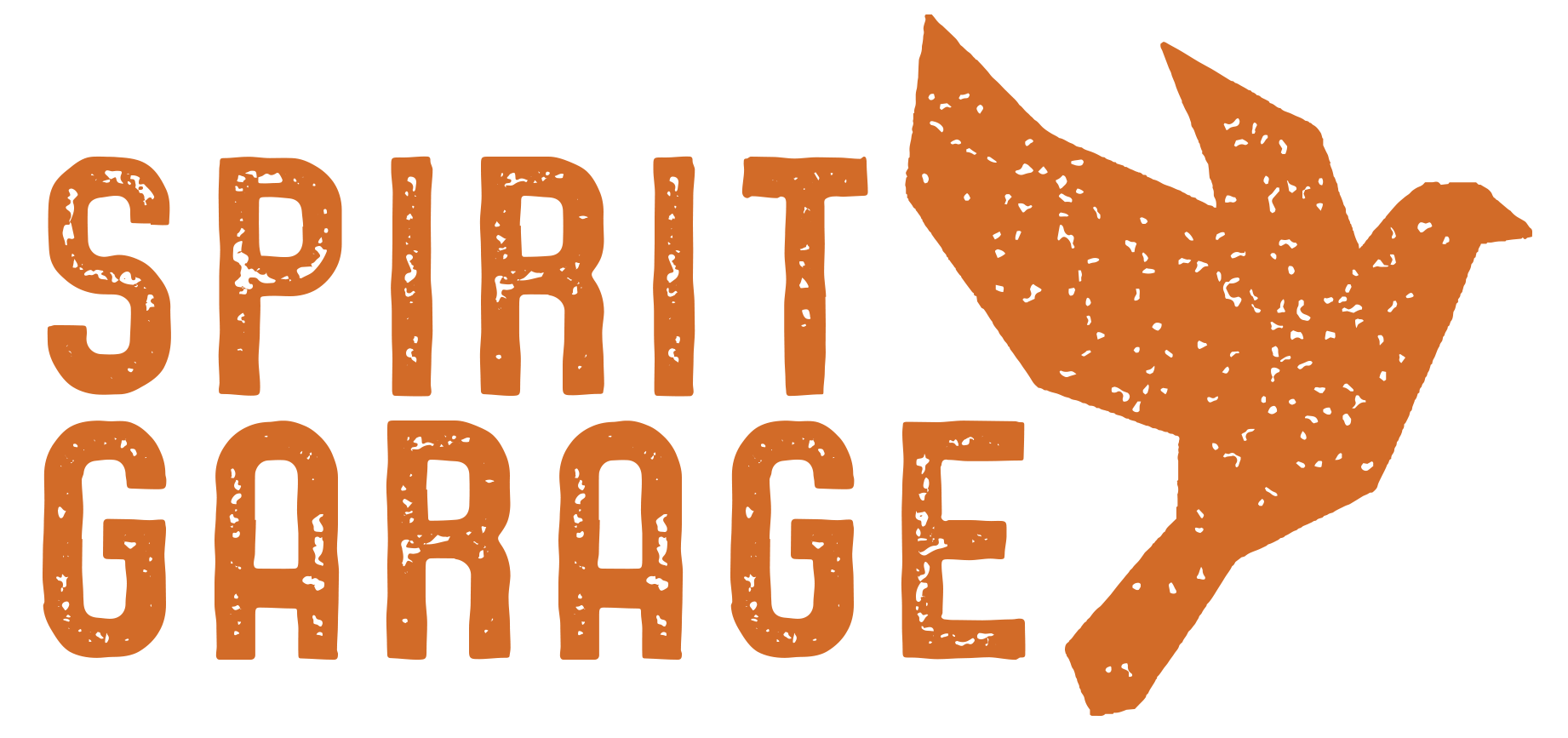Seward-Longfellow Restorative Justice is one of our Partners-in-Giving.
We choose three partners every year at the annual meeting. These are the organizations that we share our offering with. This year, Maria Anderson has been the champion for Seward Longfellow Restorative Justice. This blog post is from her.
What does the term “restorative justice” mean?
What is its purpose and how does it work? Is it a subject that applies to me? Is there a way that I can be involved? How can I learn more?
When I first heard about restorative justice, I was working in an adult correctional facility. I came to understand that it was a means of acknowledging a wrongdoing, attempting to right a wrong, if possible, and making efforts to repair harm that was caused. Since that time, I have grown in my learning about restorative justice and its important in community building. As a champion for Seward Longfellow Restorative Justice, I am learning more about the actual practice of restorative justice and how it is being implemented with youth, parents, and other community members in our own neighborhoods.
The Definitions
Several useful definitions of restorative justice include the following: “Restorative justice repairs the harm caused by crimes. It emphasizes accountability, making amends, and – if they are interested – facilitated meetings between victims, offenders, and other persons.” Additional wording goes on to state: “Restorative justice views crime as more than breaking the law – it also causes harm to people, relationships, and the community. So a just response must address those harms as well as the wrongdoing. If the parties are willing, the best way to do this is to help them meet to discuss those harms and how to bring about resolution. Sometimes those meetings lead to transformational changes in their lives.” (Taken from the Center for Justice & Reconciliation web page)
Restorative Justice in our Neighborhood
Seward Longfellow Restorative Justice (SLRJ) has been in existence for over 15 years. It is a program that uses a restorative justice model in their work with youth that are usually between the ages of 10 to 17. Referrals are made to the organization by the Minneapolis Police Department and the Hennepin County Attorney’s Office. The youth, who most often have committed offenses such as shoplifting, property damage, 5th degree assault, and credit card fraud, have been diverted from the criminal system. This is an effort to intervene on an educational and reparative level in order to address neighborhood conflicts and offenses, rather than using only consequences and punishment.
Meetings are facilitated by a trained volunteer through SLRJ and are attended by the youth, parents, and involved others, such as a teacher or store manager, and include a volunteer community member. In the meeting, efforts are made to address the cornerstones of the restorative justice model – accountability, making amends, and discussion and/or plans for future change, such as including improving attendance at school, setting goals for further education or employment, and improving family relationships.
SLRJ provides services to approximately 35 youth in the neighborhood every year. They also provide facilitator trainings and preparation for community members who volunteer to attend a meeting, The organization is also active in neighborhood groups and events and in providing trainings on restorative justice. Services include culturally specific efforts to Somali, East African and Native populations.
What can we do?
As adults involved in Spirit Garage, we can become involved by volunteering to attend meetings as a community volunteer or completing the training to be become a meeting facilitator. We can also spread the word about SLRJ and share what we know about restorative justice with others. We can also attend a training on learning to use the model in our own personal lives. For more information, talk with Maria Anderson or Pastor Holly Johnson.
